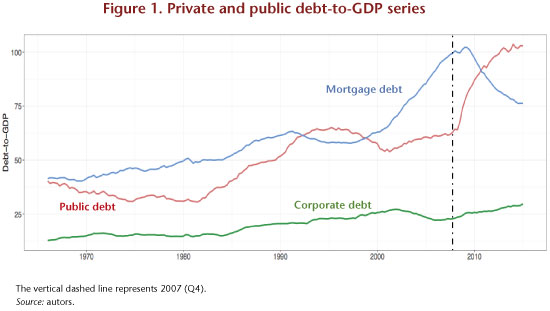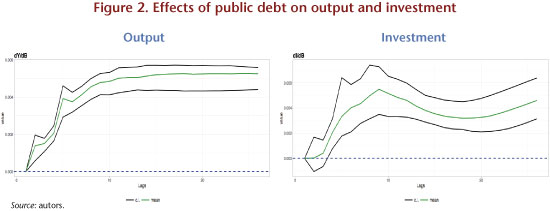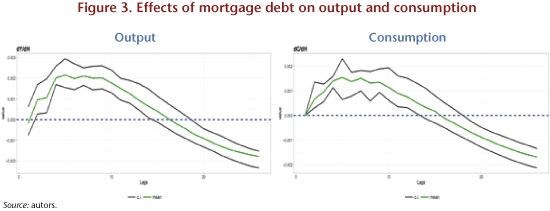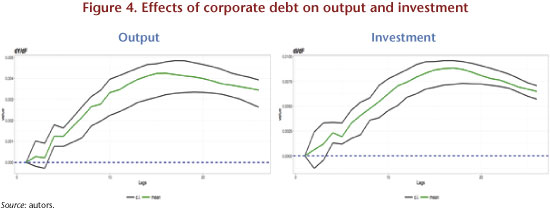Is it possible to experiment with a universal income?
By Guillaume Allègre, @g_allegre
In a blog entitled “Revenu universel, l’impossible expérimentation” [Universal income, the impossible experiment], I underlined the limits of current and future experiments with a universal income[1]: samples that are too small and unrepresentative; the limits intrinsic to a lottery (absence of balancing effects on the labor market; an absence of “peer effects”[2]). Clément Cayol responded to my piece on the website of the Mouvement Français pour un Revenu de Base [French Movement for a Basic Income] (“M Allègre : les expérimentations de revenu de base sont un chemin possible vers l’instauration [Mr Allègre: Experiments with a basic income are one possible path towards establishing it]. Cayol proposes experimenting with a universal income on “saturation sites” (for example, an employment catchment area). The idea would be to select certain employment catchment areas as a treatment group (e.g. Toulouse and Montbéliard) and to use areas with similar characteristics as control groups (Bordeaux and Besançon?). By comparing differences in behaviour between the two groups (in terms of employment, part-time work, wages, etc.), we could identify the impact of a universal income. An experiment like this has taken place in a Kenyan village.
The idea of experimenting on a saturation site may seem attractive and does meet some of my criticisms (we can measure balancing effects on the labor market and peer effects). But it does not respond to others: an experiment like this is by its very nature temporary (and people will not react in the same way to a temporary incentive as to a permanent incentive); the financing side of a universal income cannot be tested (and a universal income is expensive: it will have to be financed by, for instance, income tax, which will have an impact on financial incentives to return to work).
Experimenting on a saturation site has its own limits: it is necessary to find a control group with characteristics similar to those of the treatment group; migration has to be controlled (could I benefit from the universal income by moving from Montbéliard to Besançon?). And above all it poses legal and ethical issues [3]: can we give 500 euros per month to all the inhabitants of Toulouse and Montbéliard and have the French taxpayer finance this experiment[4]? The law allows local authorities to experiment, but only for the purpose of extending the scale of a trial, yet extending a universal income to the entire French territory is not on the cards.
[1] Also see Guillaume Allègre, 2010: « L’expérimentation du revenu de solidarité active entre objectifs scientifiques et politiques », [Experimenting with France’s RSA in-work income benefit between scientific and policy objectives], Revue de l’OFCE, no.113.
[2] Here the peer effect refers to the fact that an individual will stop working more easily if their friends also stop working: my leisure time is complementary to that of my friends.
[3] See: https://www.senat.fr/rap/l02-408/l02-40810.html
[4] It is not easy to believe that experimentation creates losers among the treatment group, so funding is necessarily national.



